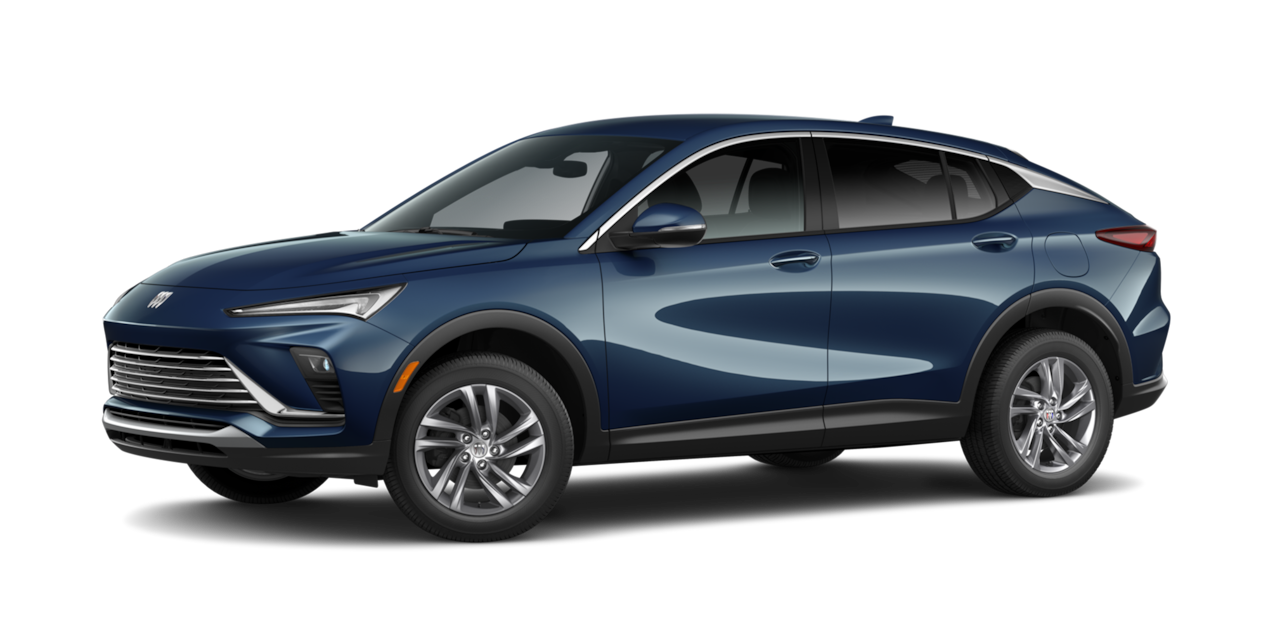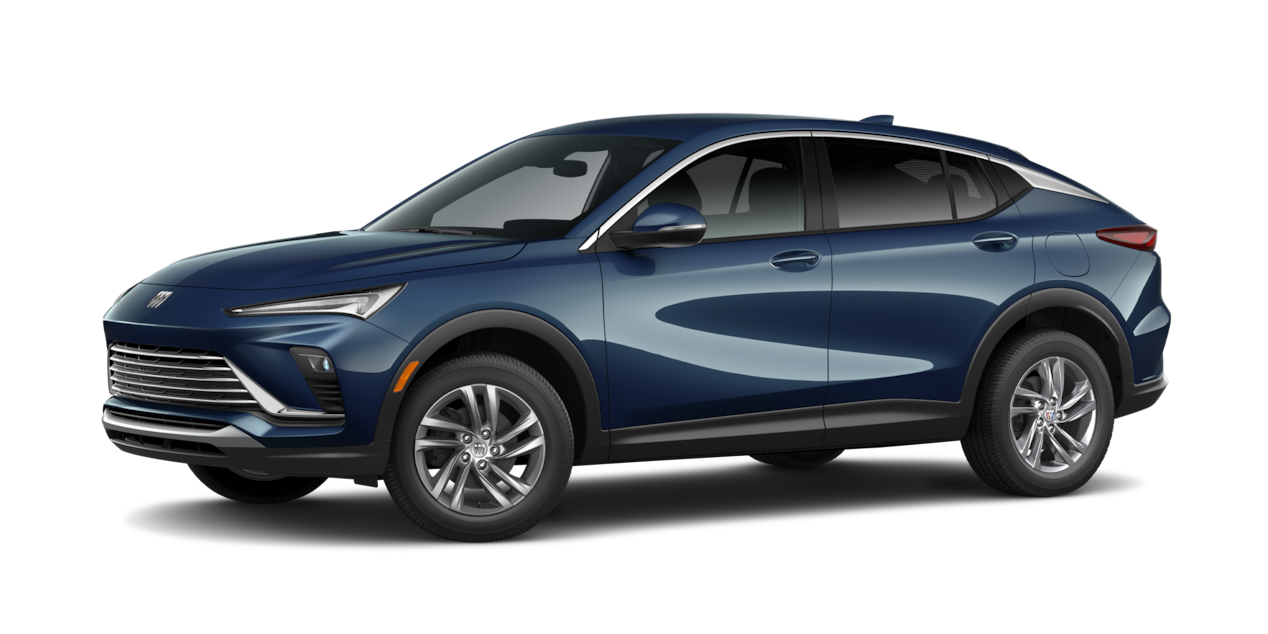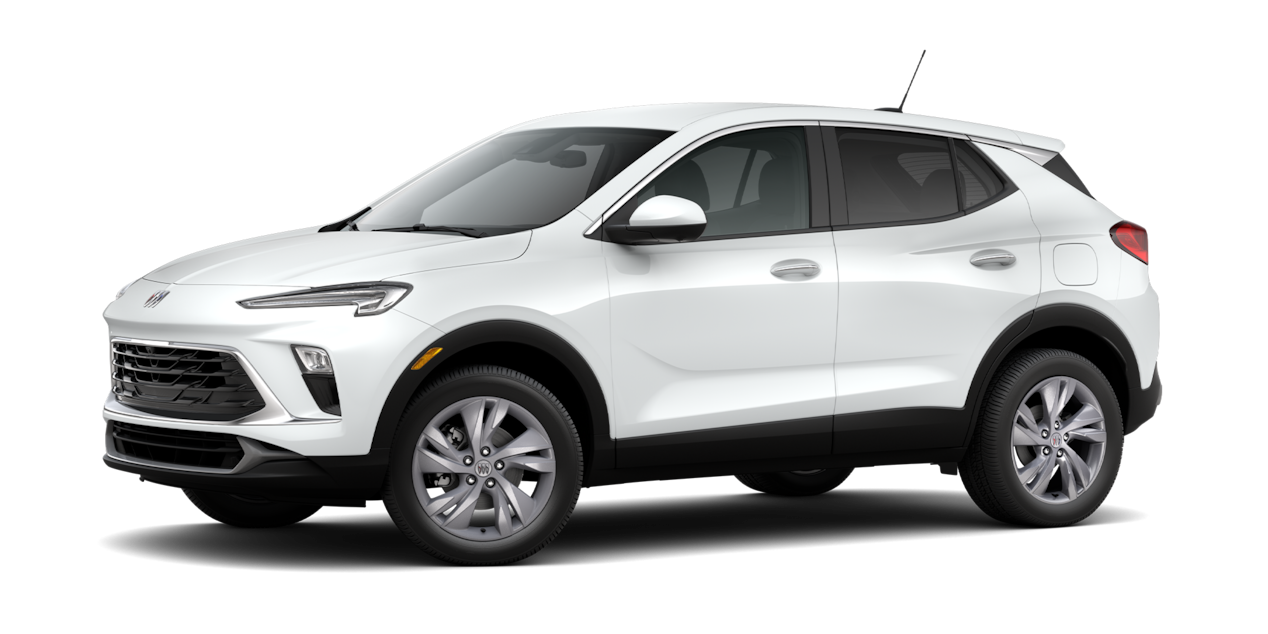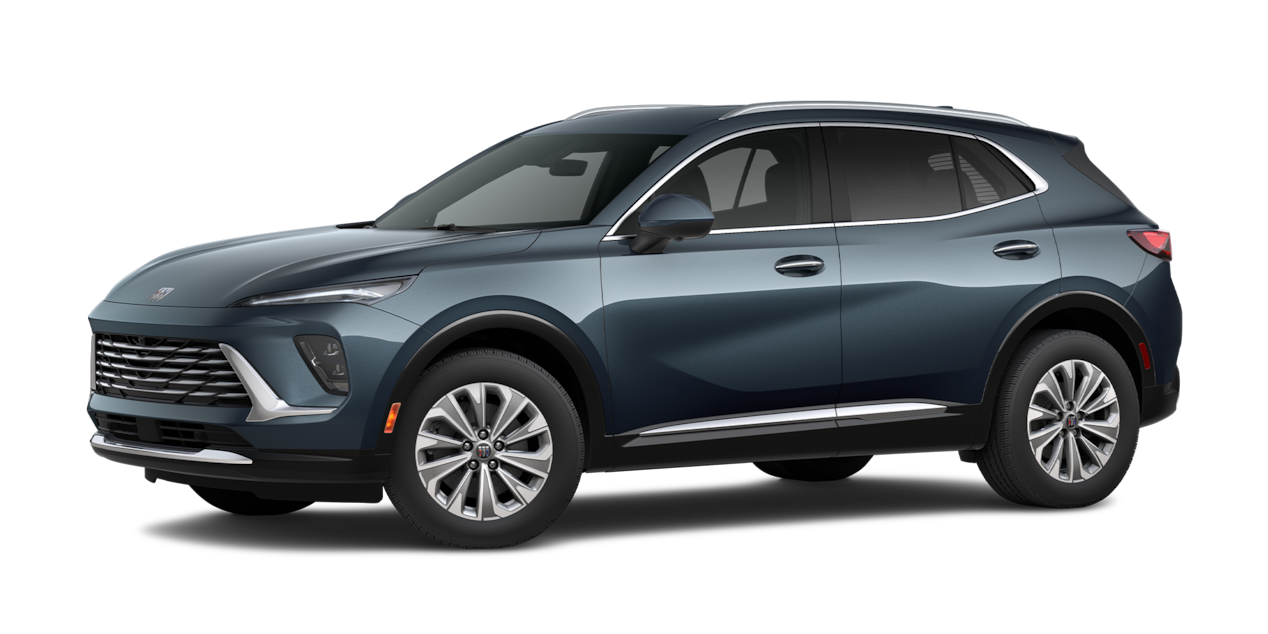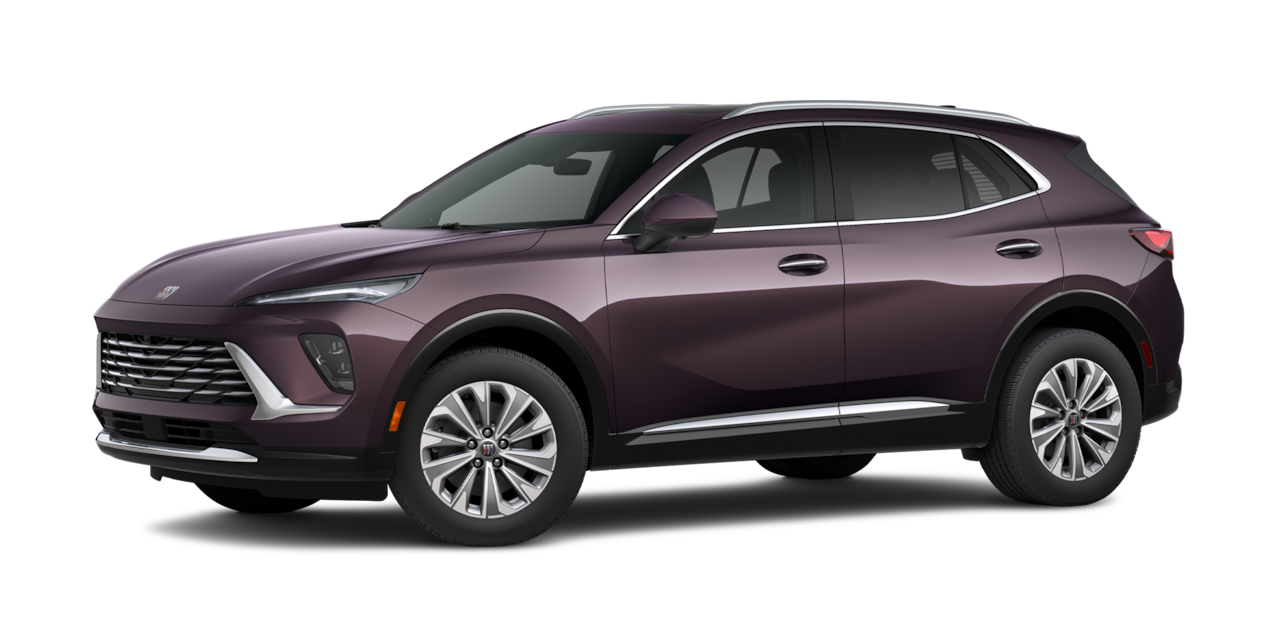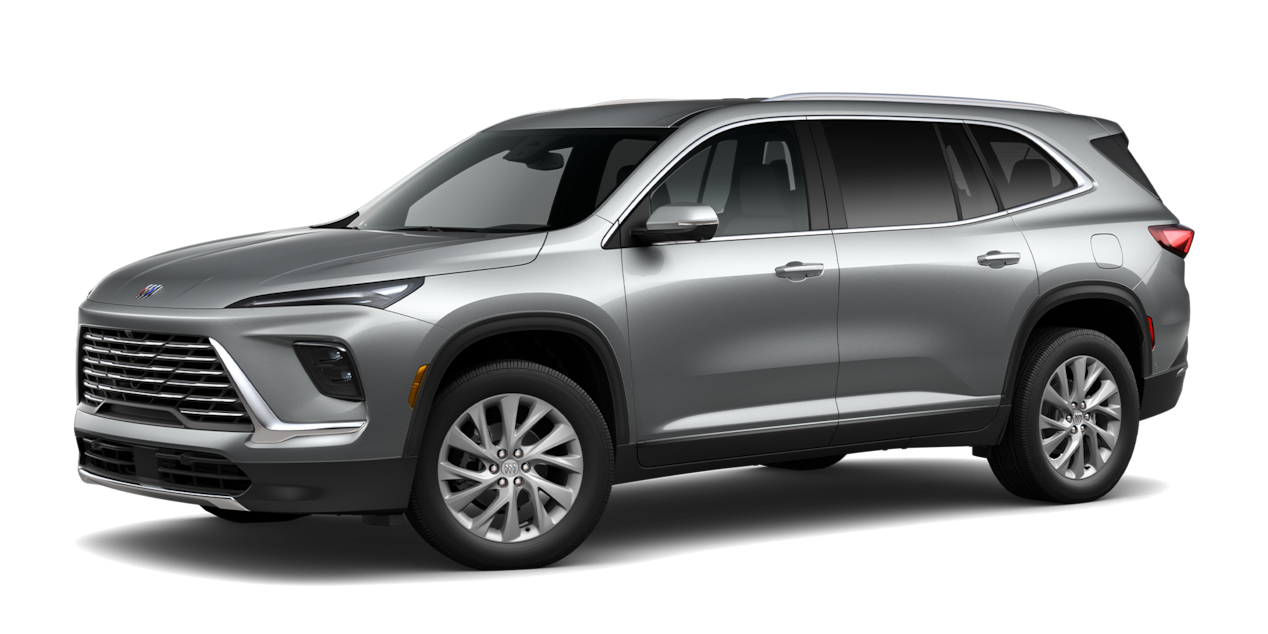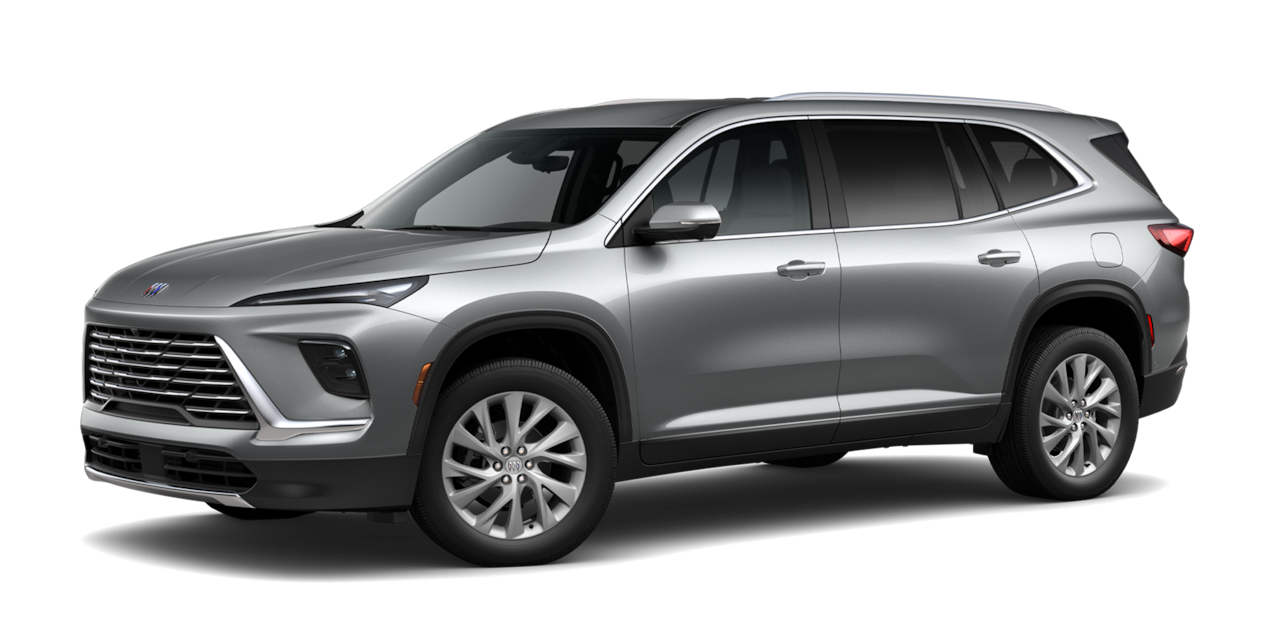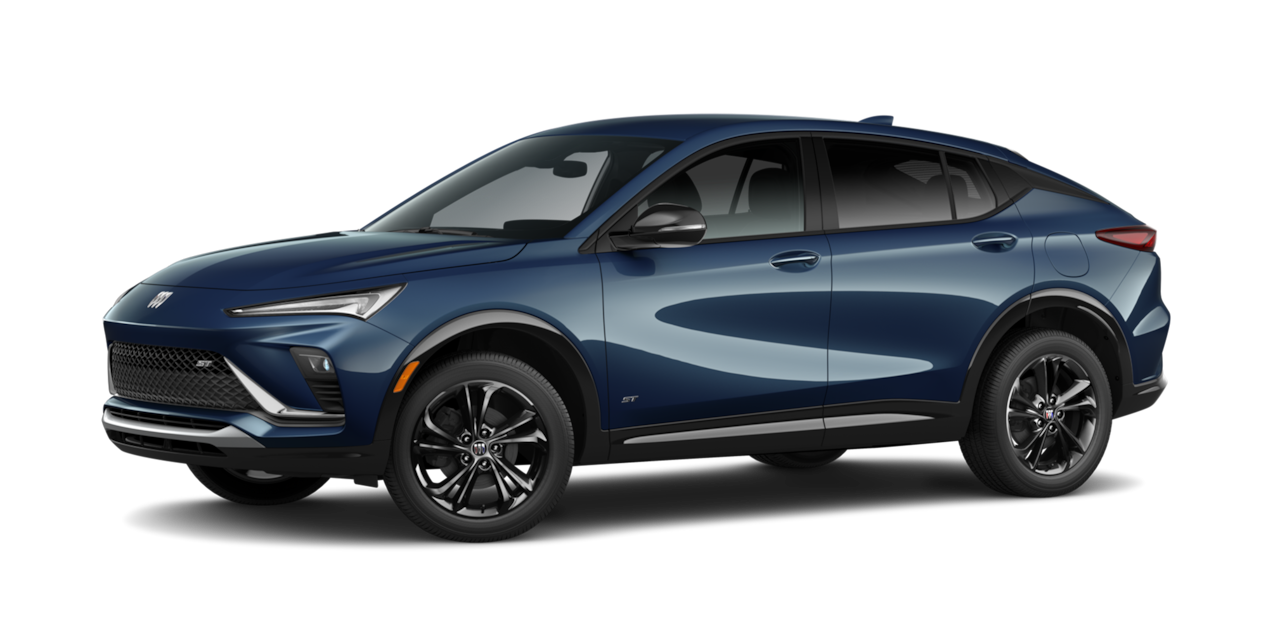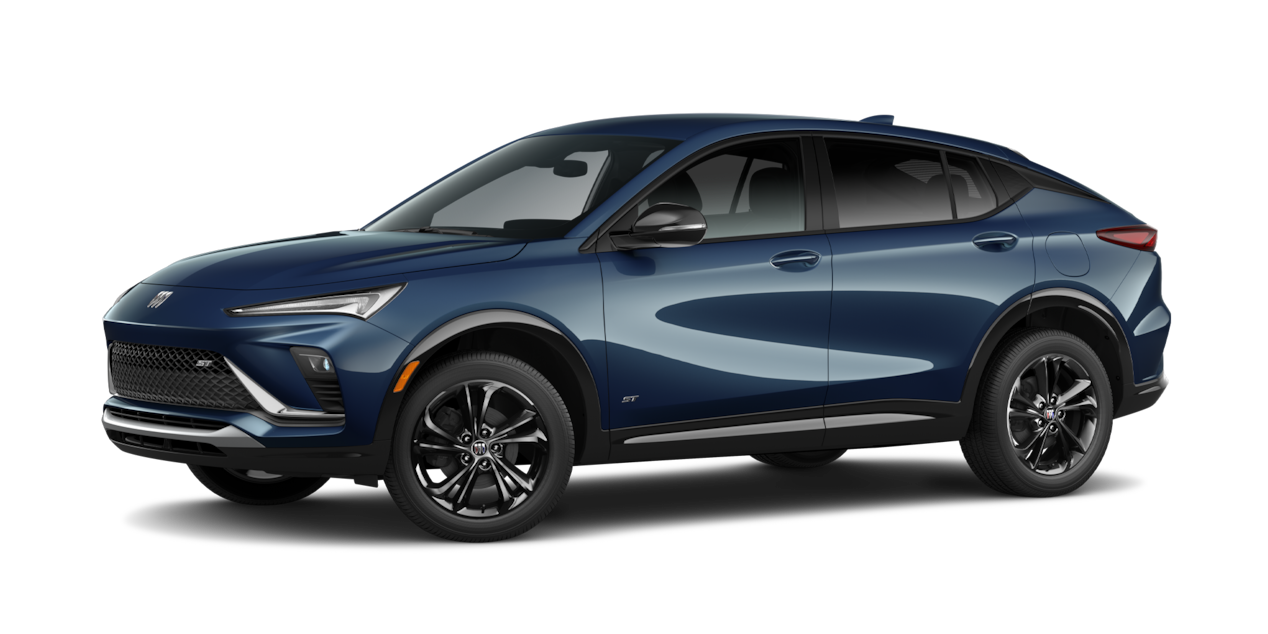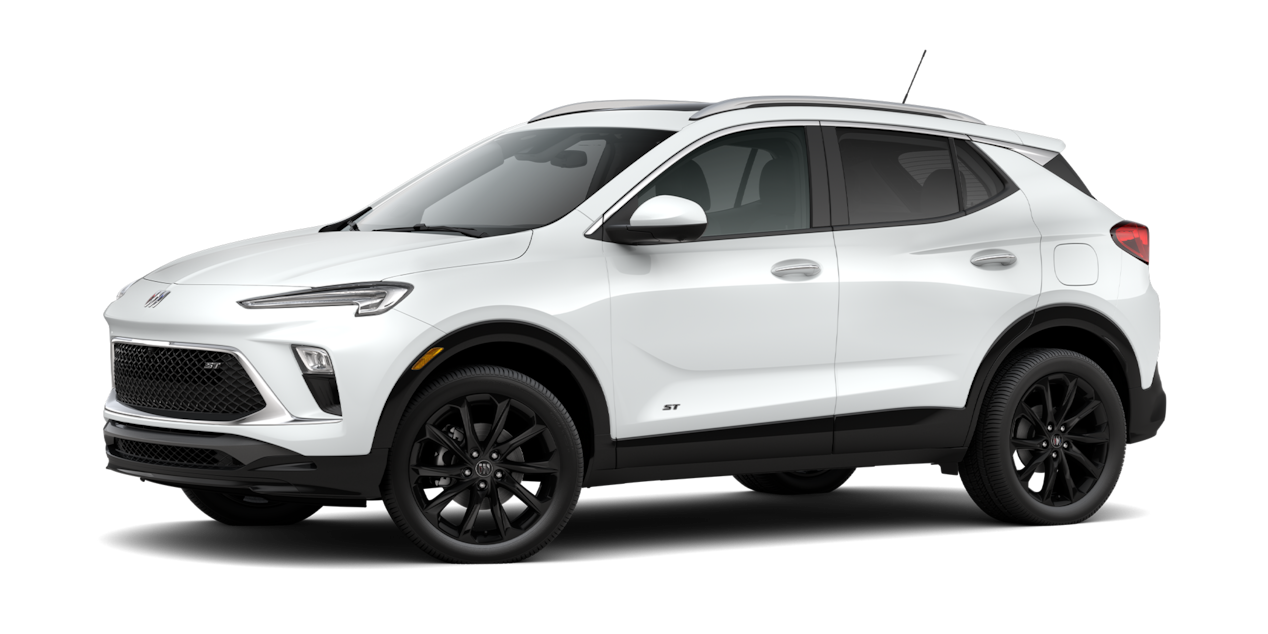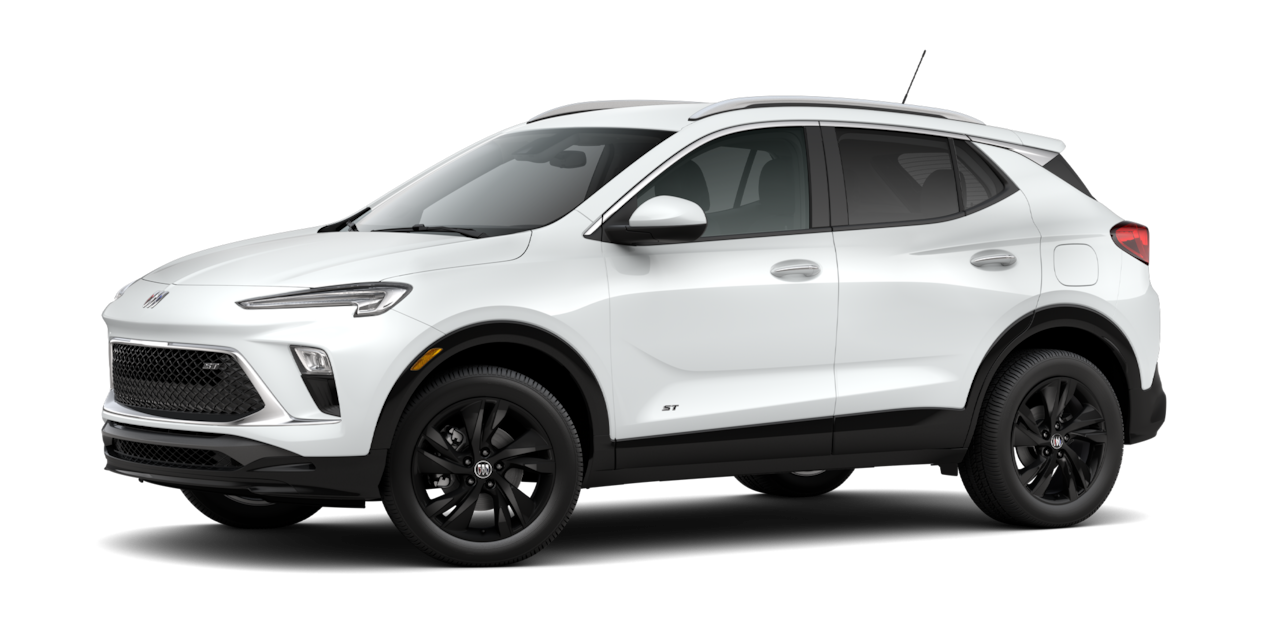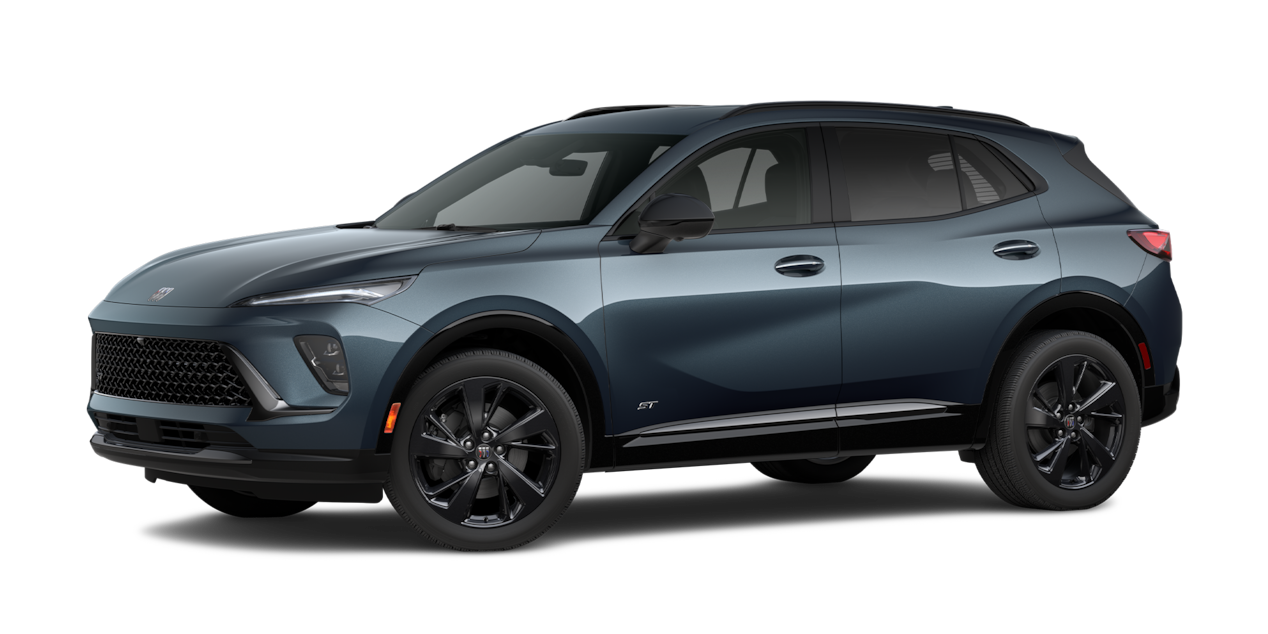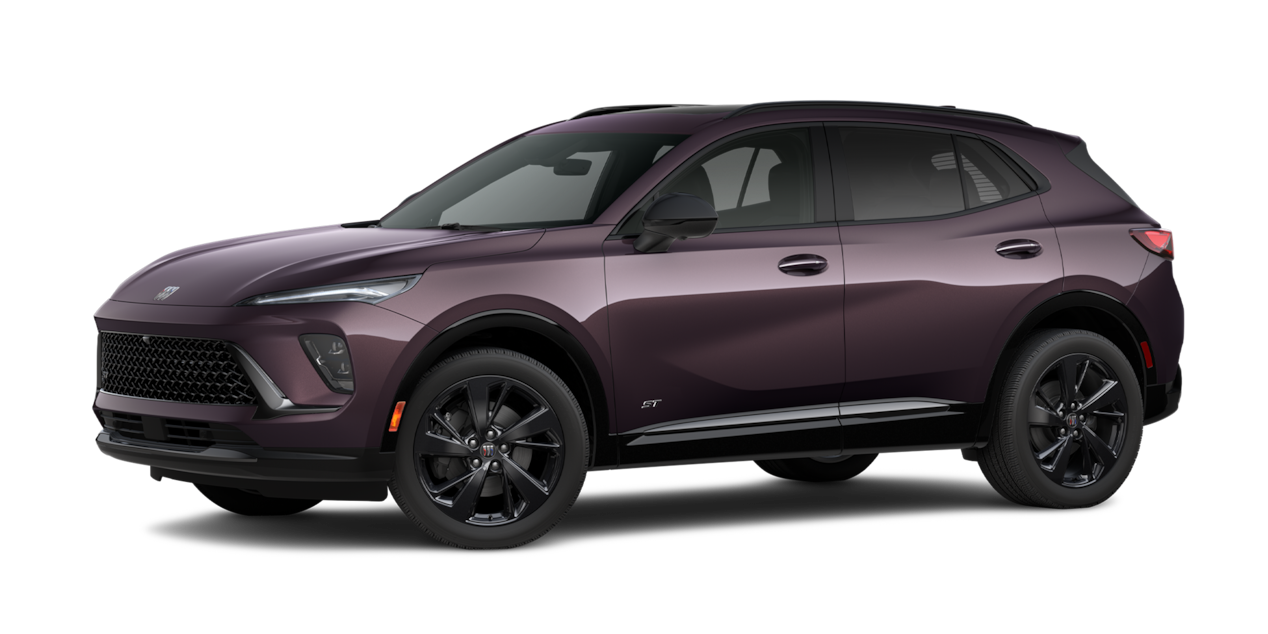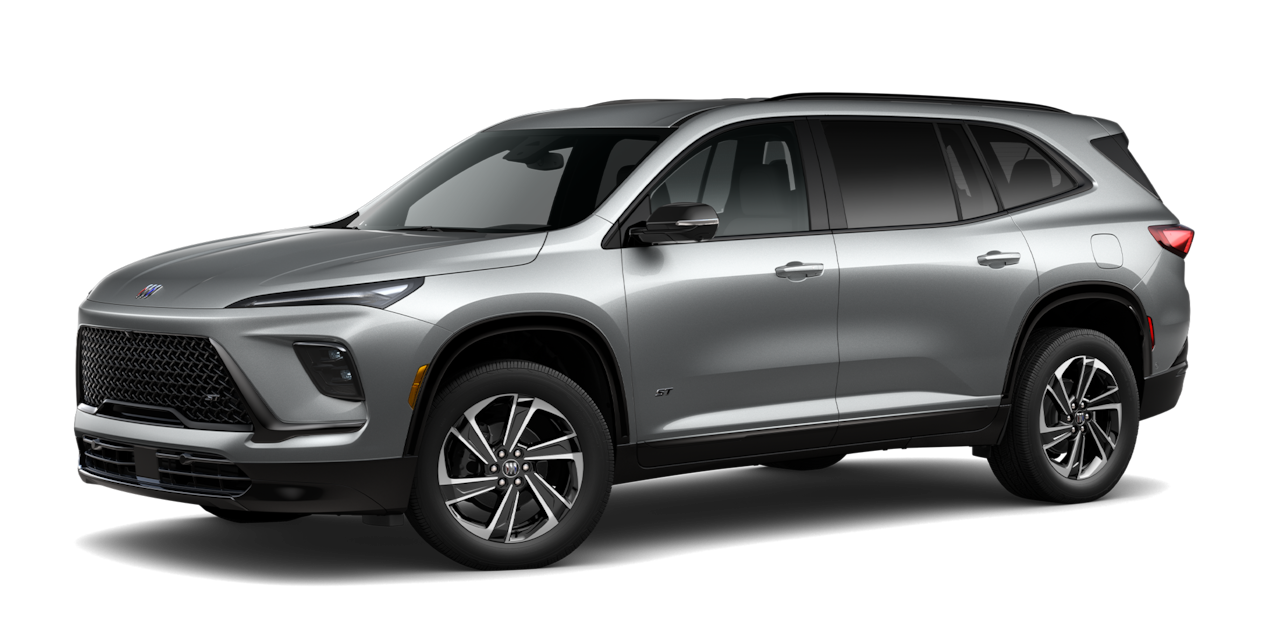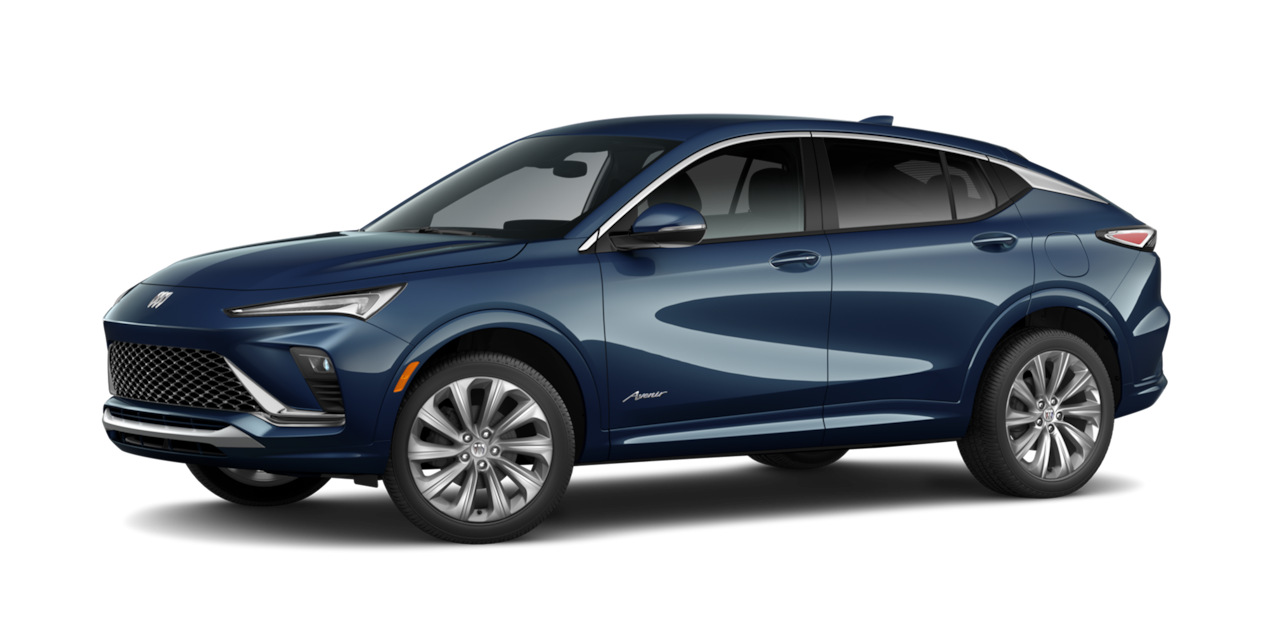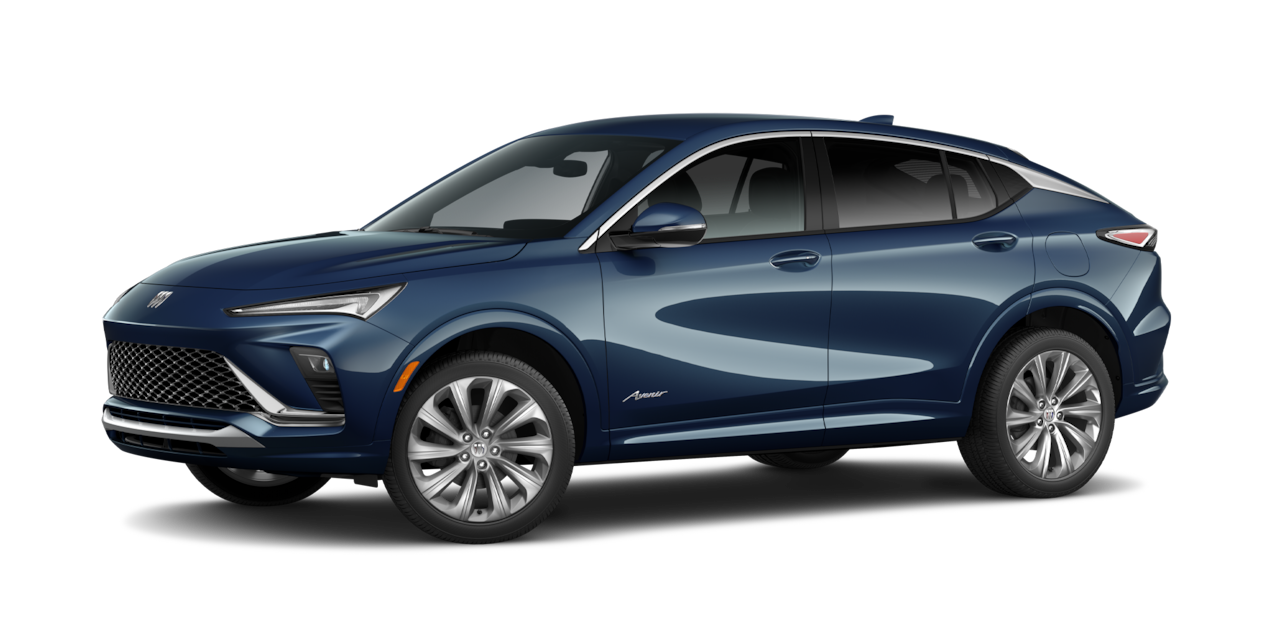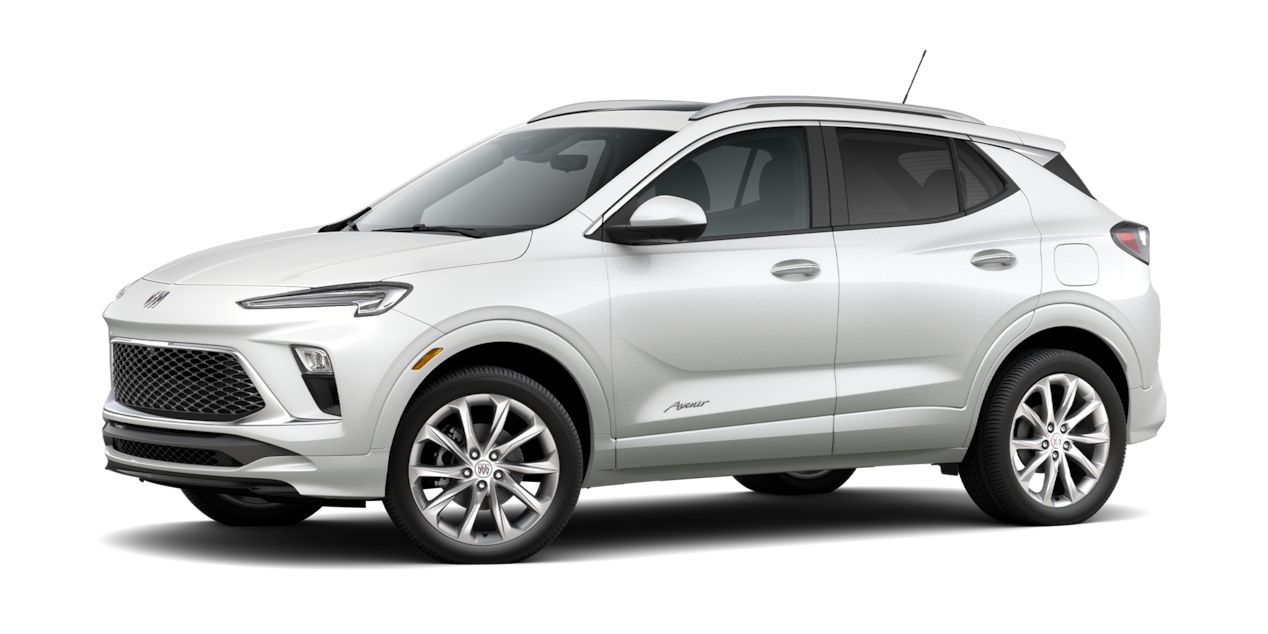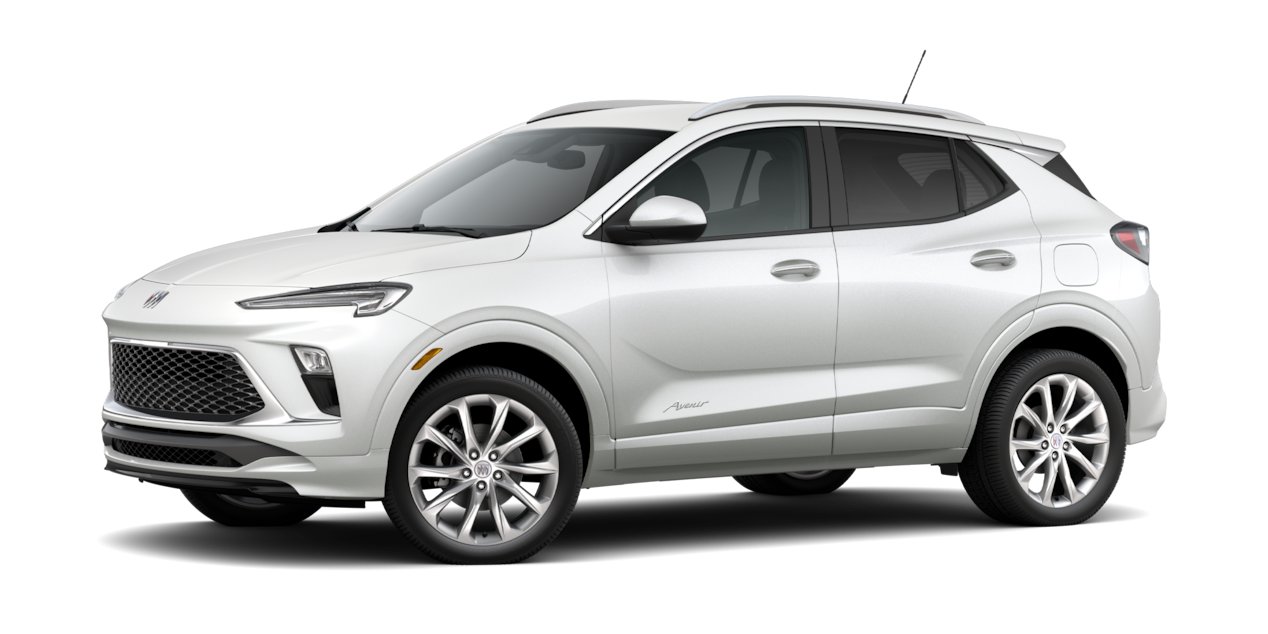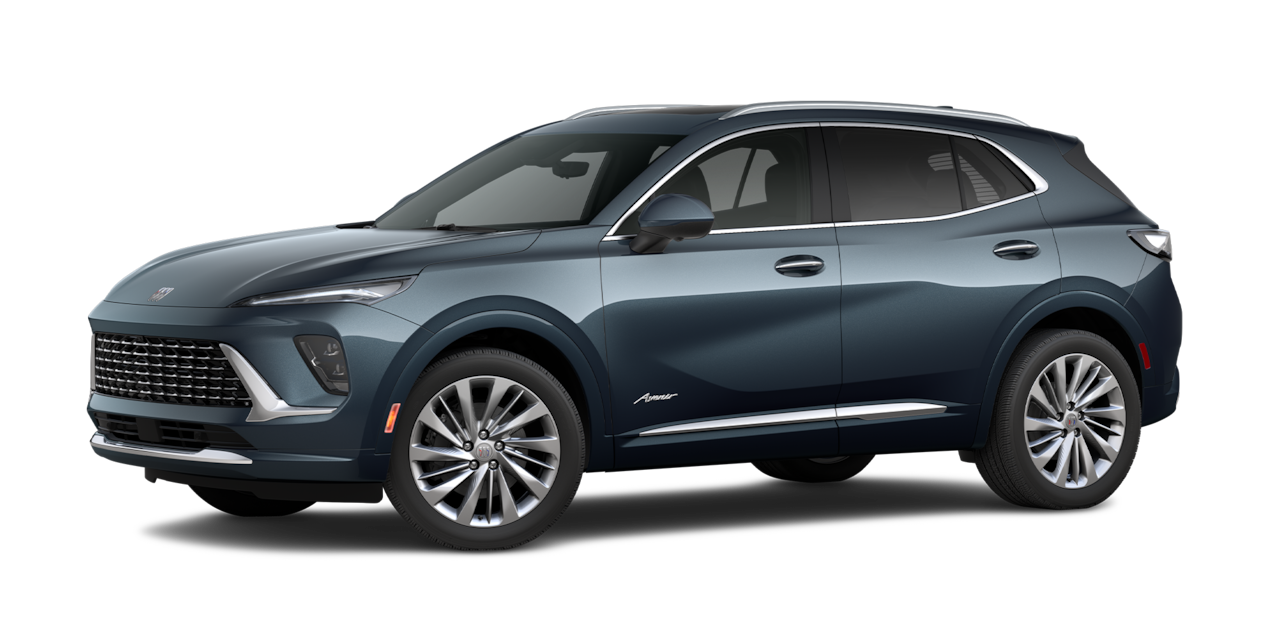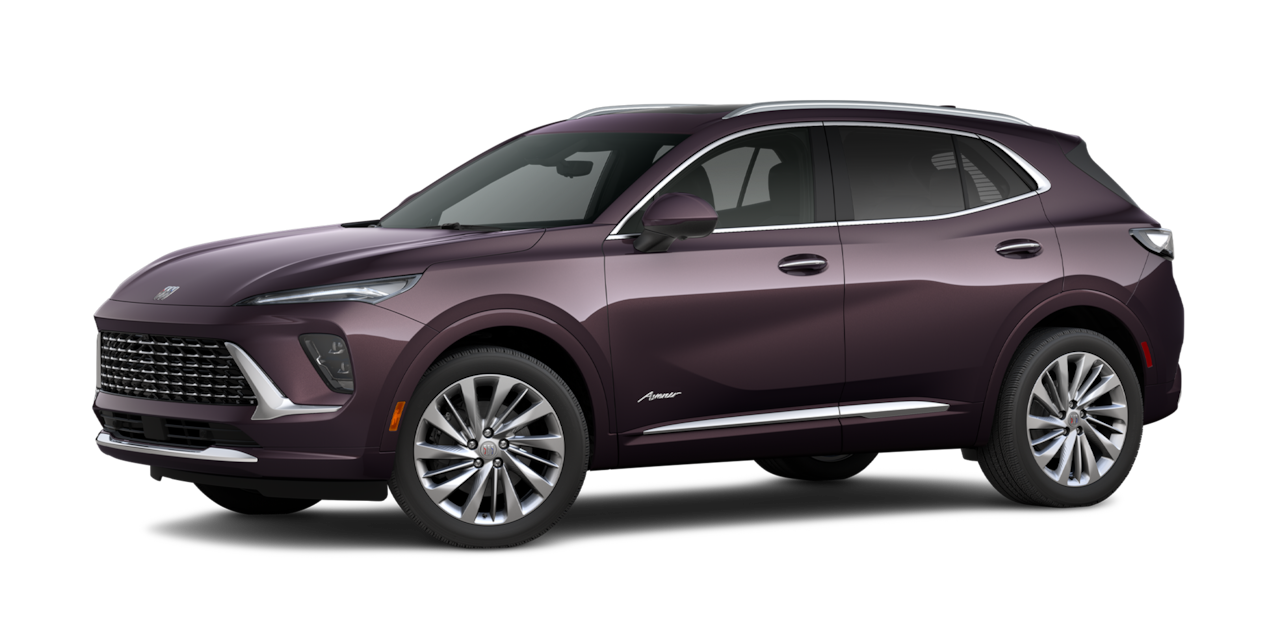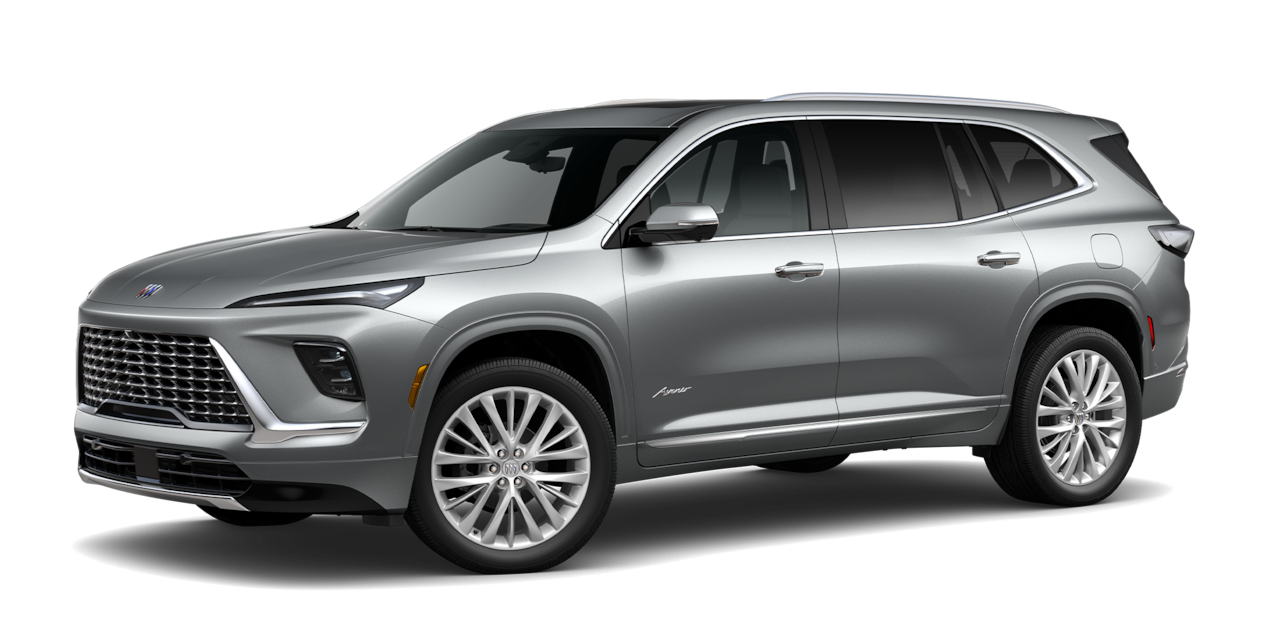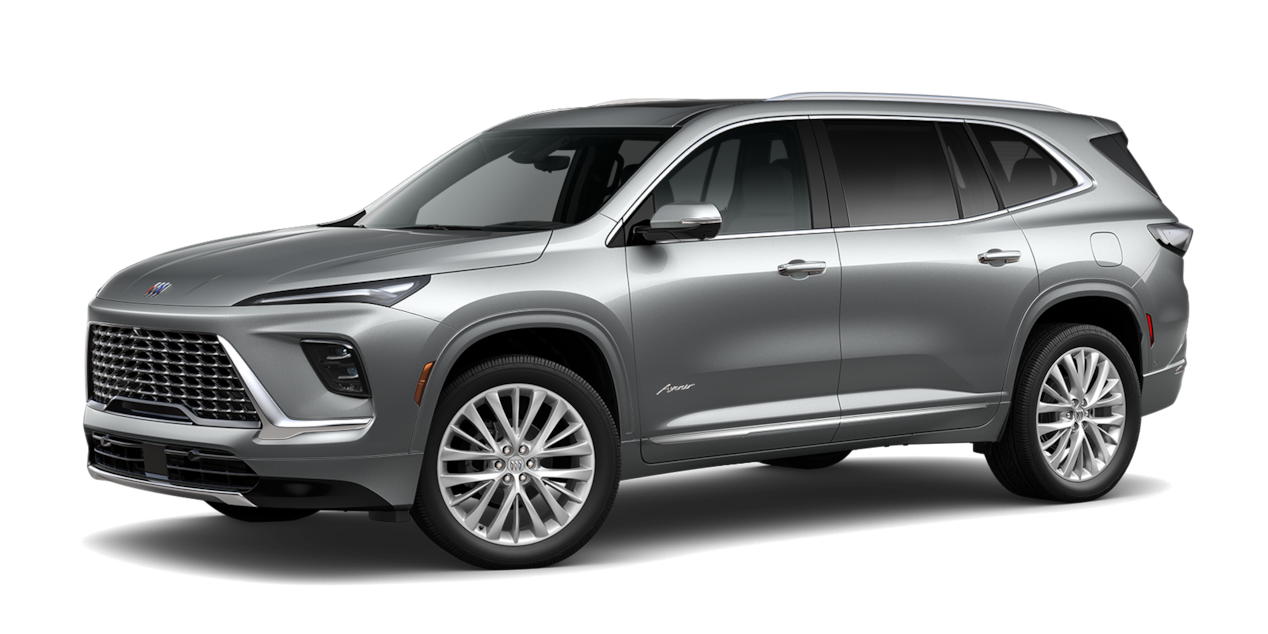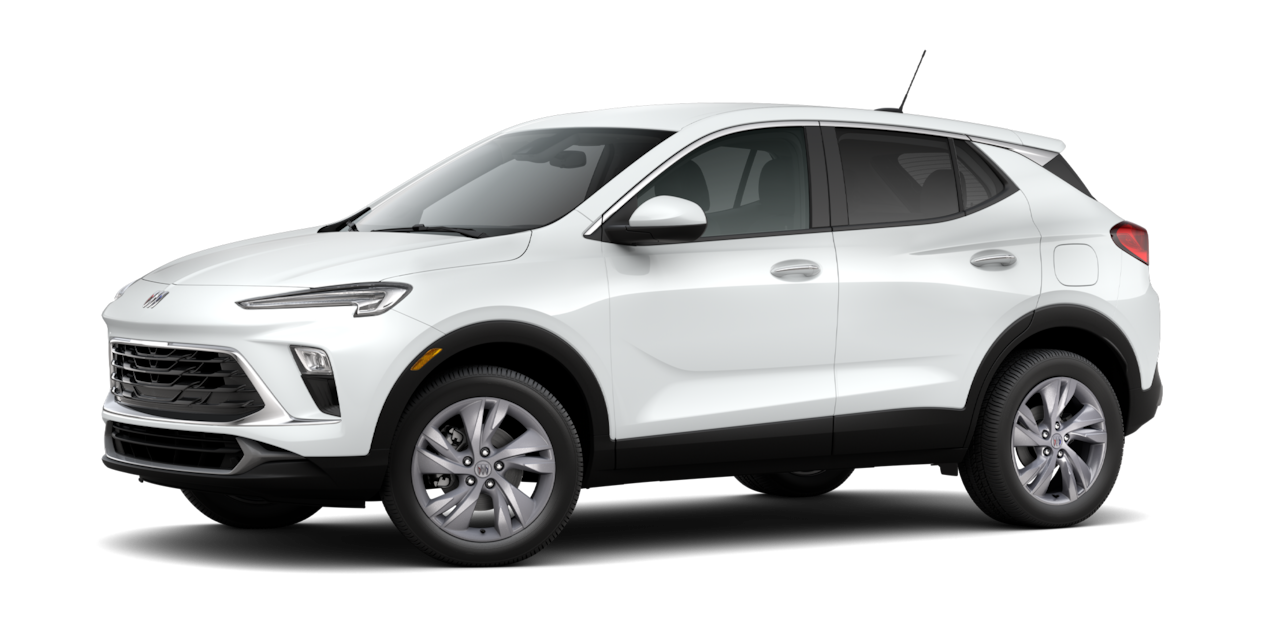How to use IntelliBeam
If your vehicle has this available feature, at speeds above 25 mph IntelliBeam
How to turn IntelliBeam on
1. Your vehicle’s engine must be running and headlamps must be on for IntelliBeam to work.
2. Set the headlamp control knob to AUTO or turn the low beam headlamps on.
3. Place the turn signal lever in the neutral position.
4. Depending on your vehicle, you can activate IntelliBeam by pressing a button on your turn signal lever or pushing the turn signal lever forward and back to the neutral position.
a. On newer vehicles, you may have to turn IntelliBeam on using the infotainment.
5. When IntelliBeam is active and your low beam headlamps are on, you’ll see a green “A” icon or a white AUTO icon appear in the instrument cluster.
6. IntelliBeam detects lighting conditions and other vehicles and turns the high beams on and off as needed, depending on vehicle speed. (Note: IntelliBeam will only turn the high beams on at speeds above 25 mph.)
7. When IntelliBeam activates the high beams, a blue icon will appear in the instrument panel.
Driving with IntelliBeam
The high beam headlamps remain on until:
8. The system detects an approaching vehicle’s headlamps.
9. The system detects another vehicle’s taillamps in front of you (or in front of your vehicle).
10. Exterior lighting is bright enough that high beam headlamps aren’t required.
11. The vehicle’s speed drops below 12 mph.
12. The turn signal lever is moved forward to the high beam position or the Flash-to-Pass feature is used.
Driving with IntelliBeam in unfavorable conditions
The vehicle’s high beams may not turn off automatically if the system cannot detect the other vehicle’s lamps because of any of the following reasons:
13. The other vehicle’s lamps are missing, damaged, obstructed from view or otherwise undetected.
14. The other vehicle’s lamps are covered with dirt, snow or road spray.
15. The other vehicle’s lamps cannot be detected due to dense exhaust, smoke, fog, snow, road spray, mist or other airborne obstructions.
16. Your vehicle’s windshield is dirty, cracked or obstructed by something that blocks the view of the light sensor.
17. Your vehicle is loaded such that the front end points upward, causing the light sensor to aim high and not detect headlamps and taillamps.
18. You are driving on winding or hilly roads.
Tips
19. Keep the top center area of the windshield clear of debris for the best system performance.
For your security, please don’t include personal info such as phone number, address or credit card details.
Our support search experience is powered by an AI assistant.
To find out if your vehicle has this feature, contact your dealer or refer to your vehicle’s equipment list. Please check your Owner’s Manual for more information about features.


